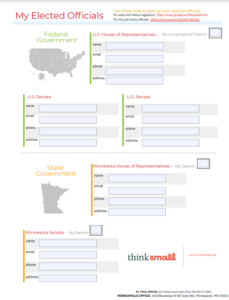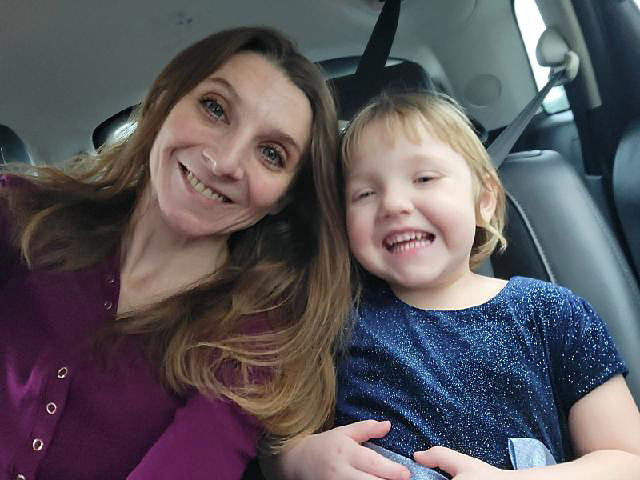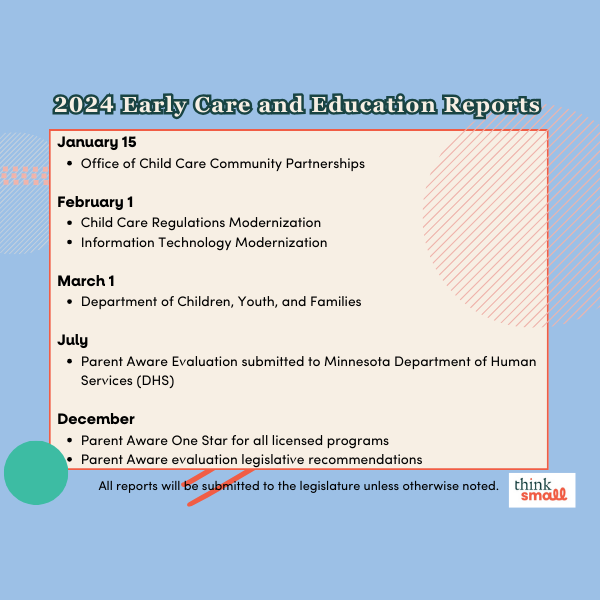Are you intrigued by advocacy but not sure how to start? This guide is for you!
As an early childhood professional and/or parent, you have invaluable first-hand experience and knowledge that elected officials need to hear. Connecting with policymakers can help them see new perspectives and make more informed decisions. Remember, elected officials represent YOU! They need and want to hear from you to know what their constituents care about. Getting started can be the hardest part. We’ve created some early education-specific guides to help you take the next step. Click on each option below for prompts, scripts, and resources for connecting with policymakers. Identify Your Elected Officials If you’re not sure who your elected officials are, take a few minutes to fill out this form where you can write down all of your officials and their contact information.Call your elected officials  Whether you’re introducing yourself or supporting a specific policy, a phone call is an effective and personal way to connect. Some elected officials offer video calls as an option. Invite Elected Officials for a Program Tour Giving a tour of your child care program is one of the most powerful advocacy actions you can take! It’s a great opportunity to highlight the challenges and success of your program. Write a Letter to the Editor Have an idea that needs to be lifted up in this moment? Do you have a brilliant vision about how we can make the field better long term? A letter to the editor is a great way to share your ideas with your community. Write a letter or email to your elected official Show your support or opposition to a policy by writing to your legislators to let them know where you stand and why. Send them a copy of the letter to the editor you wrote. Write down the challenges and/or successes your program is facing and connect them to policy solutions. Advocate on Social Media Social media is a great option to amplify the messages and solutions from other organizations. It’s also a way to highlight how your role connects with the larger policy picture. By Marie Huey, Public Policy and Advocacy Staff Leader
Whether you’re introducing yourself or supporting a specific policy, a phone call is an effective and personal way to connect. Some elected officials offer video calls as an option. Invite Elected Officials for a Program Tour Giving a tour of your child care program is one of the most powerful advocacy actions you can take! It’s a great opportunity to highlight the challenges and success of your program. Write a Letter to the Editor Have an idea that needs to be lifted up in this moment? Do you have a brilliant vision about how we can make the field better long term? A letter to the editor is a great way to share your ideas with your community. Write a letter or email to your elected official Show your support or opposition to a policy by writing to your legislators to let them know where you stand and why. Send them a copy of the letter to the editor you wrote. Write down the challenges and/or successes your program is facing and connect them to policy solutions. Advocate on Social Media Social media is a great option to amplify the messages and solutions from other organizations. It’s also a way to highlight how your role connects with the larger policy picture. By Marie Huey, Public Policy and Advocacy Staff Leader








